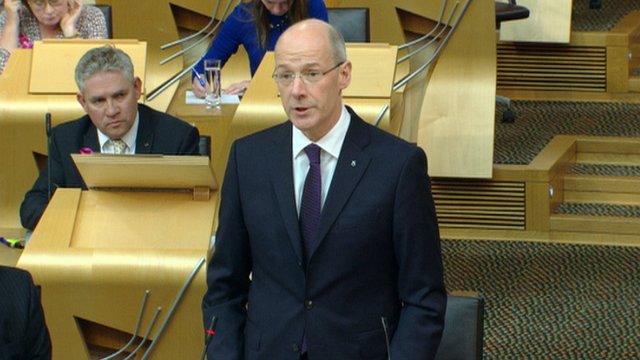Who will be the winners and losers of the new Scottish property tax system?
- Published

The Scottish Finance Secretary John Swinney has outlined his budget plan for 2015-16 - and he's shaking up the housing market.
With a new property transaction tax replacing stamp duty, Mr Swinney claims 90% of taxpayers will be "better or no worse off" under the new regime.
To provide context to that 90% claim, the average house price in Scotland is £162,122.
So, here we look at who will be the winners and losers once the system changes.....

Buying a property costing up to £135,000
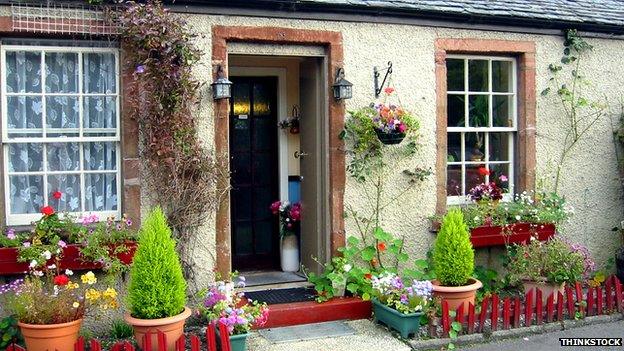
Currently any property up to £125,000 does not involve any stamp duty payment.
Stamp duty being a lump-sum tax that anyone buying a property costing more than a certain amount is required to pay.
As of April 2015, that tax-free figure will rise to £135,000 for homebuyers in Scotland.
If you were to buy a house today between those two figures, you would need to pay 1% stamp duty.
So, a £130,000 purchase now, for example, would require a duty payment of £1,300.
However, a £130,000 purchase next April won't require any tax payment.
Mr Swinney says this means "5,000 more transactions will be taken out of tax, supporting first-time buyers and those buying properties in the affordable market."
Verdict: Winners

Buying a property costing between £135,001 and £250,000
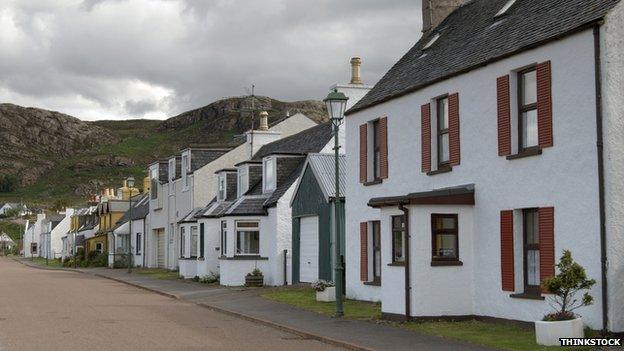
A marginal tax of 2% will apply to properties within this price bracket.
Therefore, for example, a house bought at £200,000 when these new tax rates arrive, would require a payment of £1,300 - that's 2% of £65,000 (Basically the difference between £200,000 and £135,000).
Buy a house now at £200,000 and you're needing to pay 1% stamp duty, which would be £2,000.
So, a house bought at £136,000 in April 2015 would require a one-off payment of £20.
A house bought at £136,000 now would require a one-off payment of £1,360.
Verdict: Winners

Buying a property costing between £251,001 and £1,000,000
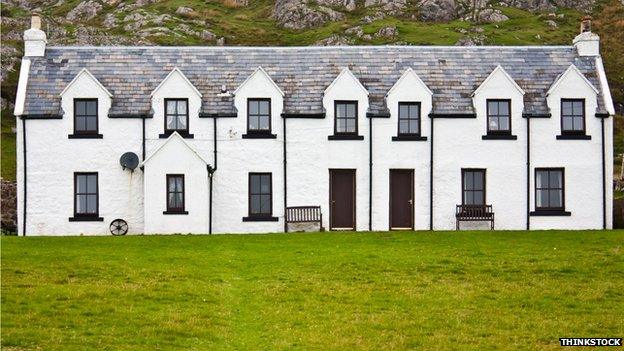
This is where it starts to get tricky. There's a marginal tax of 10% across this entire price range, and there's a tipping point for when it doesn't work in your favour.
That tipping point is £324,300.
A property bought at £300,000 in 2015 would mean a £7,300 charge [0% of £135,000; 2% of £115,000 and 10% of £50,000]. With stamp duty for a house at this price currently at 3%, the stamp duty payment would be £9,000.
At £325,000, that's £9,800 to be paid in 2015, whereas now you'd pay £9,750.
£700,000 would require a tax payment of £47,300, whereas stamp duty would be £21,000.
Verdict: Winner up until £325,000. Loser for anything above.

Buying a property costing more than £1,000,000
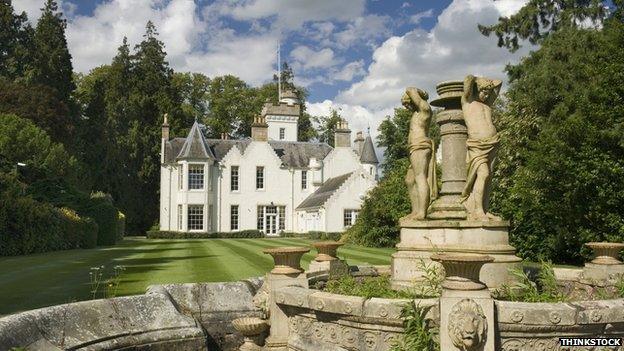
If you're in the fortunate position that you can purchase a property costing more than £1m, you're also in the unfortunate position of having to pay more tax than you would pay stamp duty.
The stamp duty for a £1m to £2m house is at 5%, with anything above £2m at 7%.
For any purchase over £1m from April 2015, there will be an additional 12% tax rate.
So, for example, a £1.5m property bought next spring would cost £137,300 in tax. Bought now, stamp duty would be at £75,000.
A £3m mansion bought in April 2015 would bring a tax charge of £317,300. Purchase that now and you'd be paying £210,000.
Verdict: Losers
- Published9 October 2014
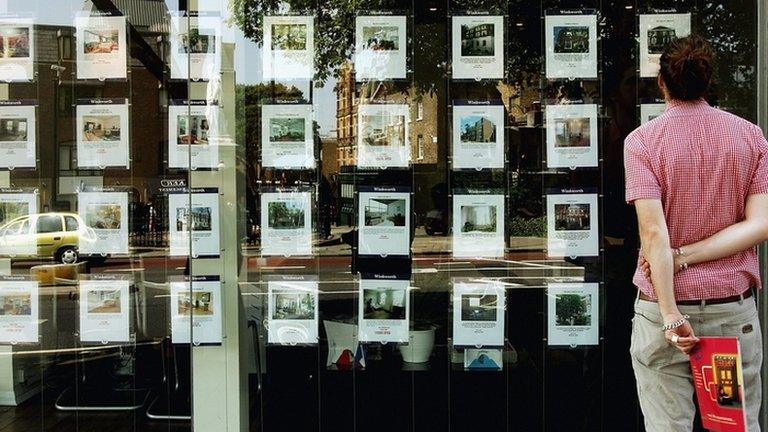
- Published9 October 2014
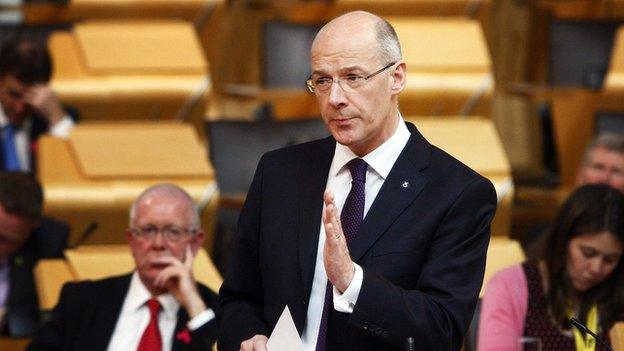
- Published9 October 2014
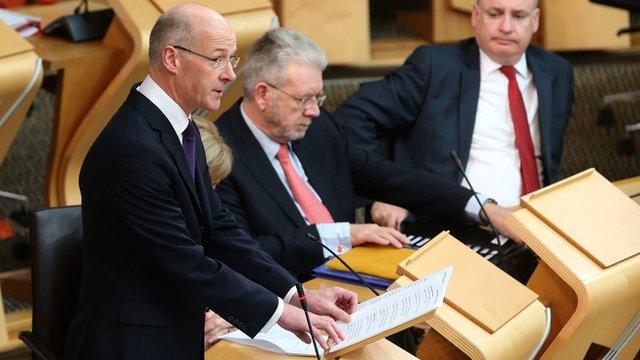
- Published9 October 2014
